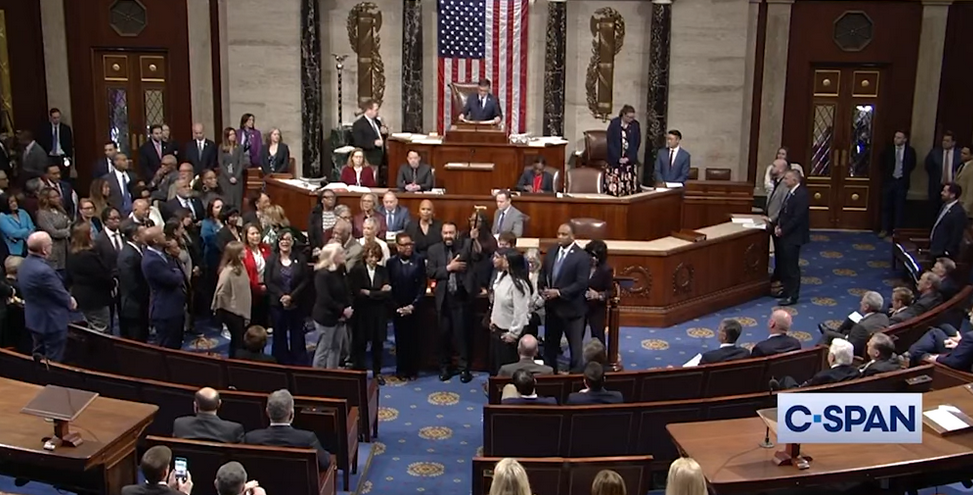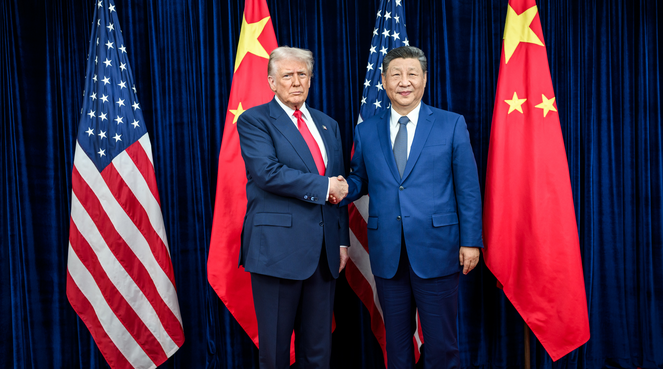Dope
By Philip L. McKenzie and Michael Brooks
Two cinematic experiences, one just released in theaters the other celebrating its 25th anniversary, have injected tremendous cultural insight and energy into the public conversation.
Sundance indie favorite, Dope, directed by Rick Famuyiwa made its theatrical debut a couple of weeks ago. The critically lauded film takes us into the lives of three California teens. These likable, self described nerds, geek out on 90s hip hop (the star Shameik Moore rocks a High Top), play music, deal with teen sexual frustration and navigate the dangers and excitements of their Englewood neighborhood.
The film is a smart look at both the teenage coming of age story and urban lifestyles. It is told through a unique culture lens that requires you literally have to be “dope” to get Dope. It drops you into a particular cultural context and dares you to keep up. It is clearly created by and for those who will understand its cultural intricacies but is inviting enough that any engaged and empathetic audience can join the adventure. Dope, gives a beautiful formula for the relationship between local, specific expression and larger cultural communication. It takes a lot of patience and genuine engagement to get this path right and Dope gives great insight into how to do it.
Paris is Burning, created by filmmaker Jennie Livingston, chronicles the life and times of NYC’s African American and Latino gay and transgender community and their identification with ball culture. This film is an in depth look at a world that was so far outside of the mainstream, and was driven solely by its participants desire to create world for themselves. It is a spectacle in the finest form of creativity, passion and desire to be oneself but countered with an equal desire to be seen and heard.
Watching this movie, you are forced to ask yourself, could something this distinct and commercially unbound manifest itself in today’s market saturated culture? Could the search for more lucrative brand opportunities kill any cultural expression before it even gets a chance to find its own legs? These questions lead us to believe that we need a new set of rules when we think about brand engagement in cultural spaces.
Culture by its nature is difficult to define though it is almost universally accepted as an important part of our social and corporate lives. We often discuss culture and its relationship with brands and their desire to connect with audiences. Most recently here and here. Noted author and anthropologist, Grant McCracken does a great job of parsing the challenges of identifying culture and its importance in a blog post earlier this year. These lines immediately leapt out:
“Normally, culture supplies the meanings and rules with which we understand and navigate the world. And normally, it does this invisibly, effortlessly, in real time. We don’t sense culture operating in us. It just does. It’s like language; it’s just there.
But sometimes culture is a little shaky. It has found a world it can’t quite render or organize. And when that happens, wonderful things happen. We understand that we are no longer under “strict instructions.” We are no longer the captive of meanings made. We are now living in a world where meaning and rules are up for grabs.”
McCracken is correct. We like to say change is created on the margins. This is essentially ideologically similar to the idea of no longer having strict instructions. This is the essence of creating something new, having a world that is unclear made clear by new cultural norms. Creative’s, miscreants and other people of that sort are very good at this because they often need this skill to survive. Or at the very least this skill allows them to make sense of the world around them. Brands however, are less good at this because they are by definition organizations of hierarchy and structure. They can however be cultural allies, and that is where the Cultural Prime Directive comes into play.
The Prime Directive is a reference from the Star Trek Universe. It is general order #1 for Starfleet and is considered one of the guiding principles of the United Federation of Planets. Simply put, the Prime Directive prohibits the Federation from interfering with new cultures or playing an active role in their development. The purpose is to allow societies to develop at their own pace without interference by those who have (usually technological) advantages. Now this does not mean that culture creators are disadvantaged players but relative to corporate players their intent can be outmuscled and gentrified. A Brand Prime Directive will set the stage for brands to be cultural allies without being cultural gentrifiers. We will outline principles and corresponding rationale that can serve as a blueprint for both strategic and behavioral shifts.
For More Please see Influencercon.com






